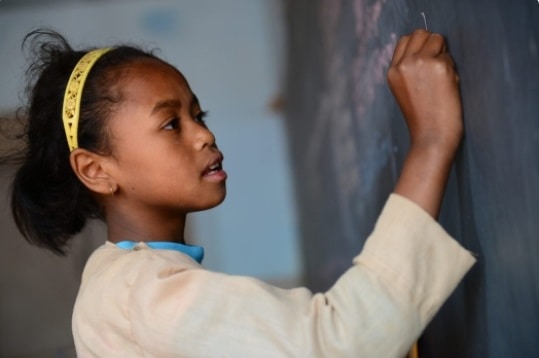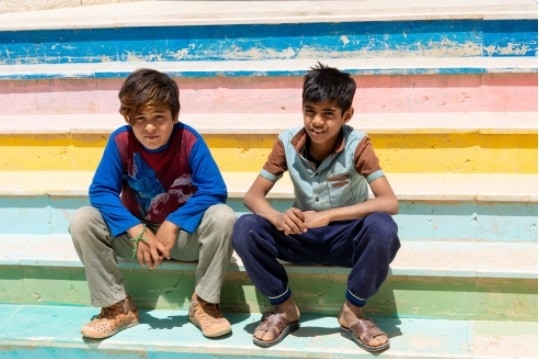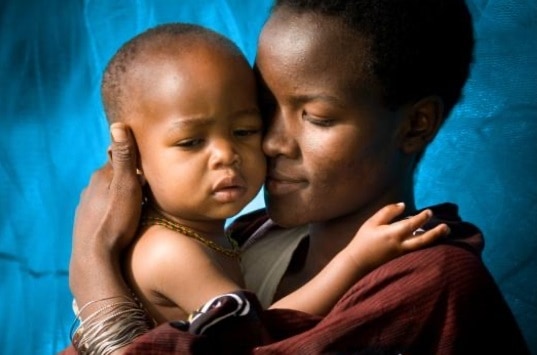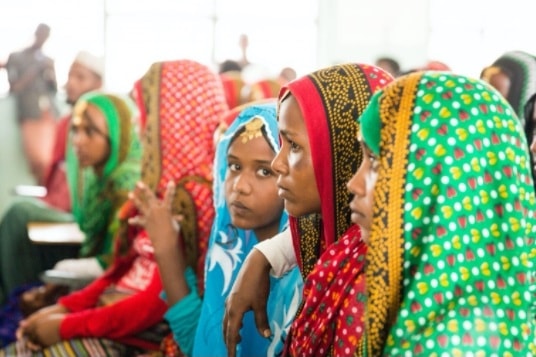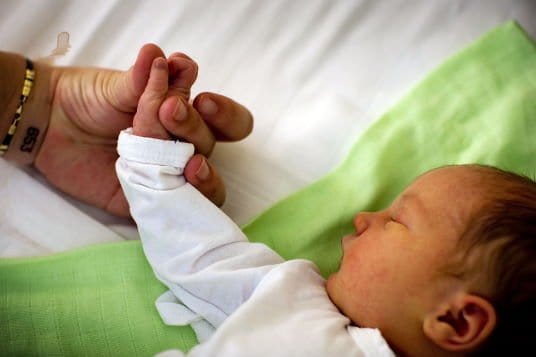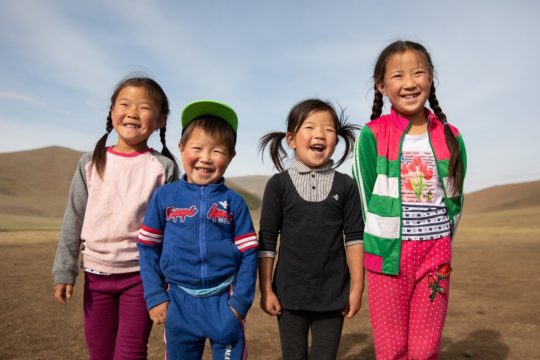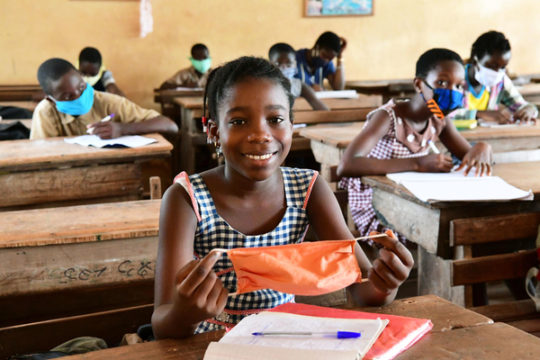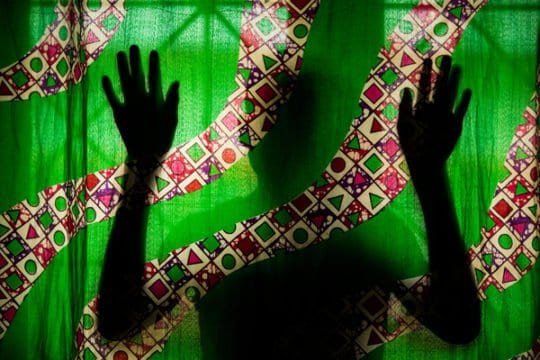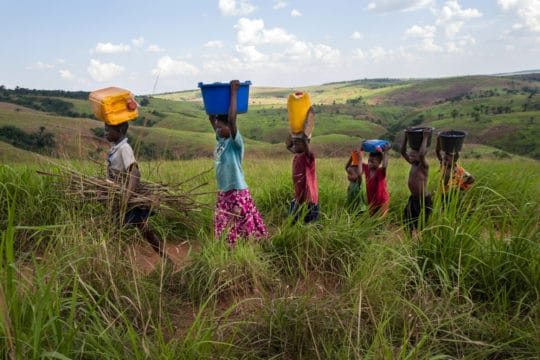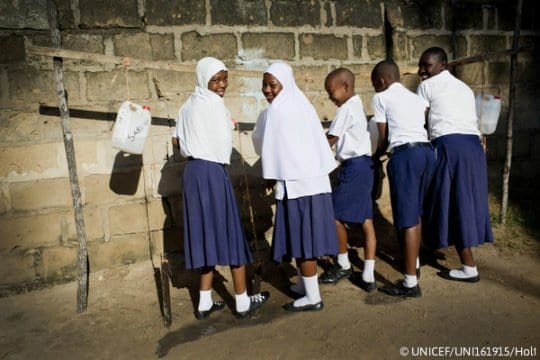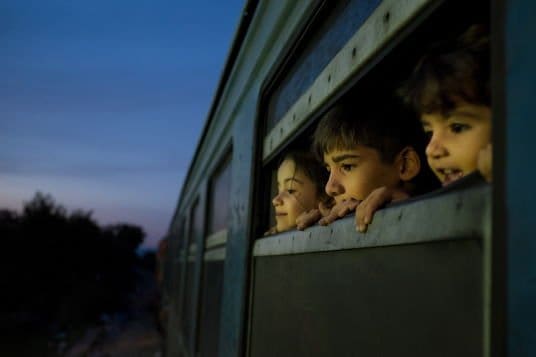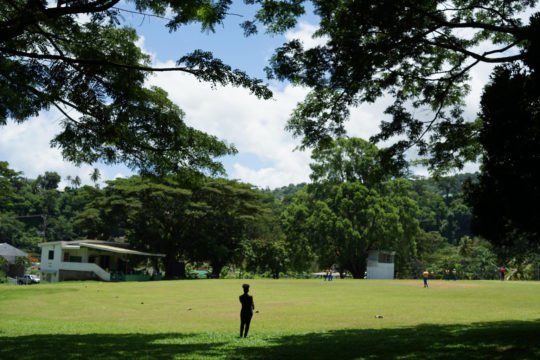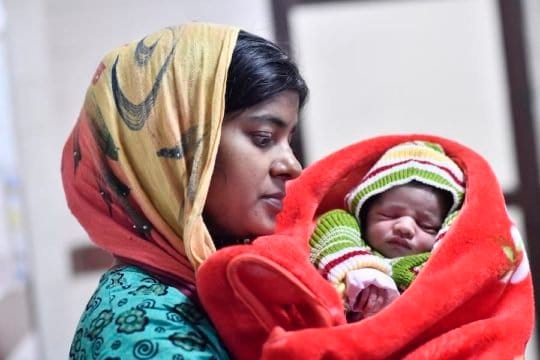Using data to achieve the
Sustainable Development Goals (SDGs) for children
The SDGs are universal in scope, and their call to leave no one behind puts the world’s most vulnerable and marginalized people – including children – at the top of the agenda.

UNICEF is the global custodian for children in the Sustainable Development Agenda
UNICEF is the custodian or co-custodian of 19 global SDG indicators. In this role, UNICEF supports countries in generating, analysing and using data for these indicators for all their citizens. This includes leading methodological work, developing international standards and establishing mechanisms for the compilation and verification of national data, as well as maintaining global databases.
GOAL 1: NO POVERTY
(Indicators directly related to children)
- Proportion of the population living below the international poverty line by sex, age, employment status and geographic location
- Proportion of population living below the national poverty line, by sex and age
- Proportion of men, women and children of all ages living in poverty in all its dimensions according to national definitions
- Proportion of population using at least basic drinking water services
- Proportion of population using at least basic sanitation services
- Proportion of population covered by social protection floors/systems, by sex, distinguishing children, unemployed persons, older persons, persons with disabilities, pregnant women, newborns, work-injury victims and the poor and the vulnerable
- Pro-poor public spending
GOAL 3: GOOD HEALTH AND WELL-BEING
(Indicators directly related to children)
- Maternal mortality ratio
- Proportion of births attended by skilled health personnel
- Under-five mortality rate
- Neonatal mortality rate
- Estimated incidence rate (new HIV infection per 1,000 uninfected population)
- Malaria incidence per 1,000 population
- Adolescent birth rate (aged 10–14 years; aged 15–19 years) per 1,000 women in that age group
- Proportion of the target population covered by essential health services
- Mortality rate attributed to household and ambient air pollution
- Proportion of the target population covered by all vaccines included in their national programme
GOAL 4: QUALITY EDUCATION
(Indicators directly related to children)
- Proportion of children and young people: (a) in grades 2/3; (b) at the end of primary; and (c) at the end of lower secondary achieving at least a minimum proficiency level in (i) reading and (ii) mathematics, by sex
- Completion rate (primary education, lower secondary education, upper secondary education)
- Percentage of children (aged 36-59 months) developmentally on track in at least 3 of the 4 following domains: literacy-numeracy, physical, social-emotional and learning
- Adjusted net attendance rate, one year before the official primary entry age
- Proportion of schools offering basic services, by type of service
GOAL 5: GENDER EQUALITY
(Indicators directly related to children)
- Legal frameworks that promote, enforce and monitor gender equality in employment and economic benefits
- Percentage of ever-partnered women and girls (aged 15 years and older) subjected to physical, sexual or psychological violence by a current or former intimate partner in the previous 12 months
- Women and girls aged 15 and older subjected to sexual violence by persons other than an intimate partner in the previous 12 months
- Proportion of women aged 20-24 years who were married or in a union before age 15 and before age 18
- Percentage of girls and women (aged 15-49 years) who have undergone female genital mutilation (FGM)
- Proportion of adolescent girls and young women aged 15-19 years who make their own informed decisions regarding sexual relations, contraceptive use and reproductive health care
GOAL 6: CLEAN WATER AND SANITATION
(Indicators directly related to children)
GOAL 7: AFFORDABLE AND CLEAN ENERGY
(Indicators directly related to children)
GOAL 8: DECENT WORK AND ECONOMIC GROWTH
(Indicators directly related to children)
GOAL 13: CLIMATE ACTION
(Indicators directly related to children)
GOAL 16: PEACE, JUSTICE AND STRONG INSTITUTIONS
(Indicators directly related to children)
- Number of victims of intentional homicide per 100,000 population, by sex and age
- Conflict-related deaths per 100,000 population, by sex, age and cause
- Percentage of children (aged 1-14 years) who experienced any physical punishment and/or psychological aggression by caregivers
- Proportion of young women and men aged 18-29 years who experienced sexual violence by age 18
- Percentage of children under age 5 whose births are registered
GOAL 17: PARTNERSHIPS FOR THE GOALS
(Indicators directly related to children)
SDG country profiles
- Afghanistan
- Africa (African Union)
- African Union
- Albania
- Algeria
- American Samoa
- Andorra
- Angola
- Anguilla
- Antigua and Barbuda
- Arab Maghreb Union (UMA)
- Argentina
- Armenia
- Aruba
- Australia
- Austria
- Azerbaijan
- Bahamas
- Bahrain
- Bangladesh
- Barbados
- Belarus
- Belgium
- Belize
- Benin
- Bermuda
- Bhutan
- Bolivia (Plurinational State of)
- Bonaire, Sint Eustatius and Saba
- Bosnia and Herzegovina
- Botswana
- Brazil
- British Virgin Islands
- Brunei Darussalam
- Bulgaria
- Burkina Faso
- Burundi
- Cabo Verde
- Cambodia
- Cameroon
- Canada
- Cayman Islands
- Central Africa (African Union)
- Central African Republic
- Chad
- Channel Islands
- Chile
- China
- China, Hong Kong Special Administrative Region
- China, Macao Special Administrative Region
- China, Taiwan Province of China
- Colombia
- Common Market for Eastern and Southern Africa (COMESA)
- Community of Sahel-Saharan States (CEN-SAD)
- Comoros
- Congo
- Cook Islands
- Costa Rica
- Croatia
- Cuba
- Curaçao
- Cyprus
- Czechia
- Côte d'Ivoire
- Democratic People's Republic of Korea
- Democratic Republic of the Congo
- Denmark
- Djibouti
- Dominica
- Dominican Republic
- East African Community (EAC)
- Eastern Africa (African Union)
- Economic Community of Central African States (ECCAS)
- Economic Community of West African States (ECOWAS)
- Ecuador
- Egypt
- El Salvador
- Equatorial Guinea
- Eritrea
- Estonia
- Eswatini
- Ethiopia
- Falkland Islands (Malvinas)
- Faroe Islands
- Fiji
- Finland
- France
- French Guiana
- French Polynesia
- Gabon
- Gambia
- Georgia
- Germany
- Ghana
- Gibraltar
- Greece
- Greenland
- Grenada
- Guadeloupe
- Guam
- Guatemala
- Guinea
- Guinea-Bissau
- Guyana
- Haiti
- Holy See
- Honduras
- Hungary
- Iceland
- India
- Indonesia
- Intergovernmental Authority on Development (IGAD)
- Iran (Islamic Republic of)
- Iraq
- Ireland
- Isle of Man
- Israel
- Italy
- Jamaica
- Japan
- Jordan
- Kazakhstan
- Kenya
- Kiribati
- Kosovo (UNSCR 1244)
- Kuwait
- Kyrgyzstan
- Lao People's Democratic Republic
- Latvia
- Lebanon
- Lesotho
- Liberia
- Libya
- Liechtenstein
- Lithuania
- Luxembourg
- Madagascar
- Malawi
- Malaysia
- Maldives
- Mali
- Malta
- Marshall Islands
- Martinique
- Mauritania
- Mauritius
- Mayotte
- Mexico
- Micronesia (Federated States of)
- Monaco
- Mongolia
- Montenegro
- Montserrat
- Morocco
- Mozambique
- Myanmar
- Namibia
- Nauru
- Nepal
- Netherlands (Kingdom of the)
- New Caledonia
- New Zealand
- Nicaragua
- Niger
- Nigeria
- Niue
- North Macedonia
- Northern Africa (African Union)
- Northern Mariana Islands
- Norway
- OECD
- OECD Fragile Contexts
- Oman
- Pakistan
- Palau
- Panama
- Papua New Guinea
- Paraguay
- Peru
- Philippines
- Poland
- Portugal
- Puerto Rico
- Qatar
- Regional Economic Communities
- Republic of Korea
- Republic of Moldova
- Romania
- Russian Federation
- Rwanda
- Réunion
- Saint Barthélemy
- Saint Helena, Ascension and Tristan da Cunha
- Saint Kitts and Nevis
- Saint Lucia
- Saint Martin (French part)
- Saint Pierre and Miquelon
- Saint Vincent and the Grenadines
- Samoa
- San Marino
- Sao Tome and Principe
- Saudi Arabia
- Senegal
- Serbia
- Seychelles
- Sierra Leone
- Singapore
- Sint Maarten
- Slovakia
- Slovenia
- Solomon Islands
- Somalia
- South Africa
- South Sudan
- Southern Africa (African Union)
- Southern African Development Community (SADC)
- Spain
- Sri Lanka
- State of Palestine
- Sudan
- Suriname
- Sweden
- Switzerland
- Syrian Arab Republic
- Tajikistan
- Thailand
- Timor-Leste
- Togo
- Tokelau
- Tonga
- Trinidad and Tobago
- Tunisia
- Turkmenistan
- Turks and Caicos Islands
- Tuvalu
- Türkiye
- Uganda
- Ukraine
- United Arab Emirates
- United Kingdom
- United Republic of Tanzania
- United States
- Uruguay
- Uzbekistan
- Vanuatu
- Venezuela (Bolivarian Republic of)
- Viet Nam
- Virgin Islands U.S.
- Wallis and Futuna
- Western Africa (African Union)
- Yemen
- Zambia
- Zimbabwe
Country support and guidance for measuring the SDGs
Browse the data on all child-related SDG indicators
UNICEF is the world’s leading source of data on children and maintains databases of hundreds of international valid and comparable indicators. With such a wealth of information available, the Data Warehouse has been designed to allow easy access to those indicators across a range of countries, with some datasets spanning back decades.
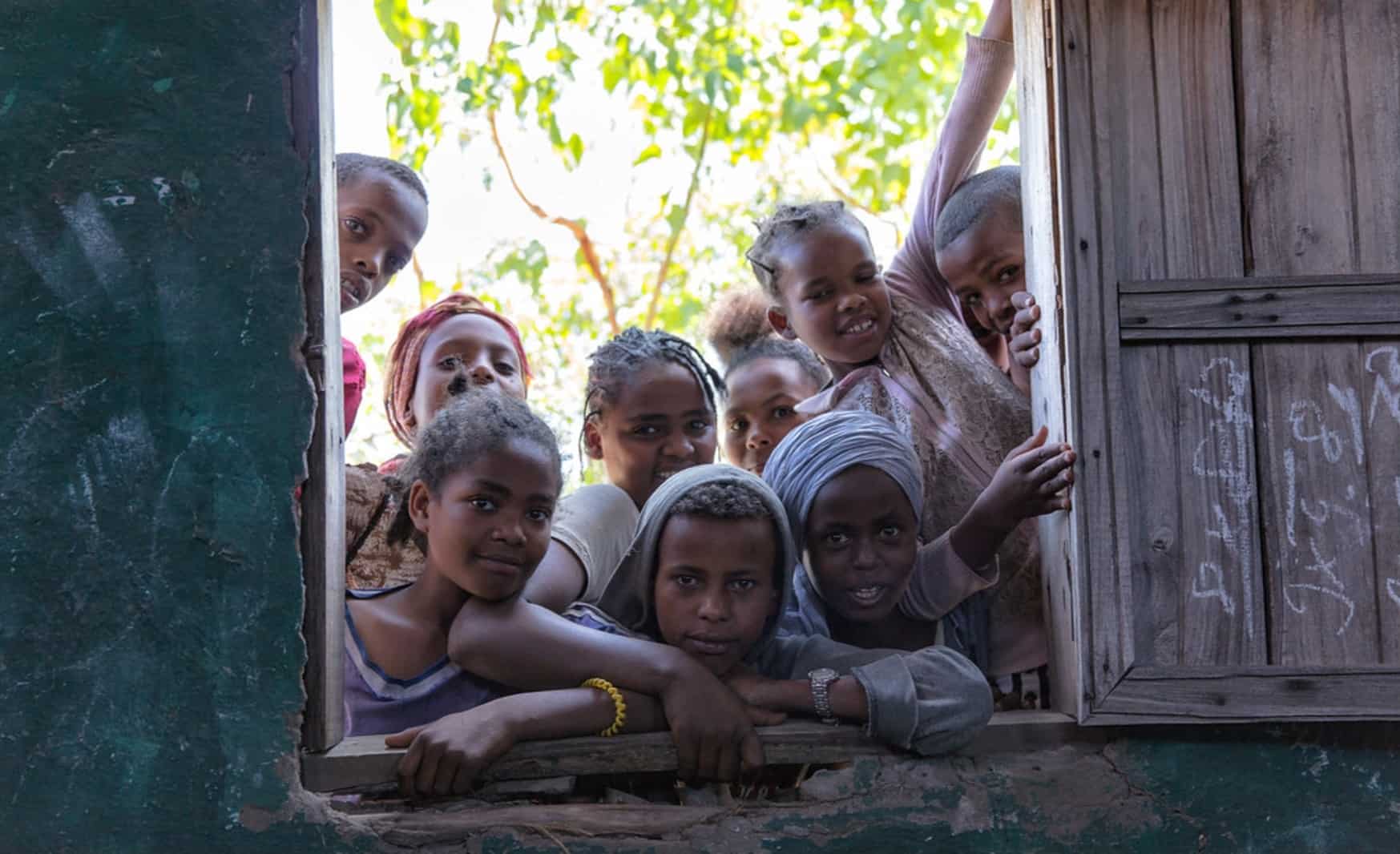
Related SDG resources
In 2015, world leaders agreed to 17 Sustainable Development Goals (SDGs) for a safer, cleaner and more prosperous world by 2030. Now it’s up to all of us to join forces to address the most pressing global challenges and turn goals into action.
To accelerate progress towards the SDGs for every child, UNICEF embraces a “3As” approach: raising awareness, taking action and holding decision makers accountable for progress
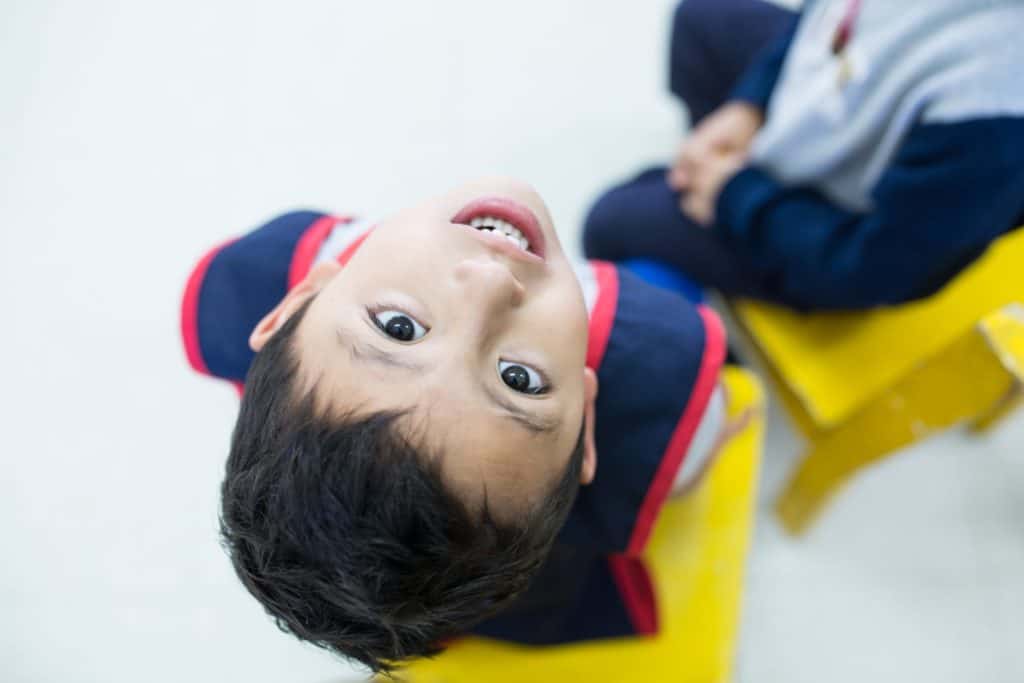
The SDGs are universal in scope, and their call to leave no one behind puts the world’s most vulnerable and marginalized people – including children – at the top of the agenda.
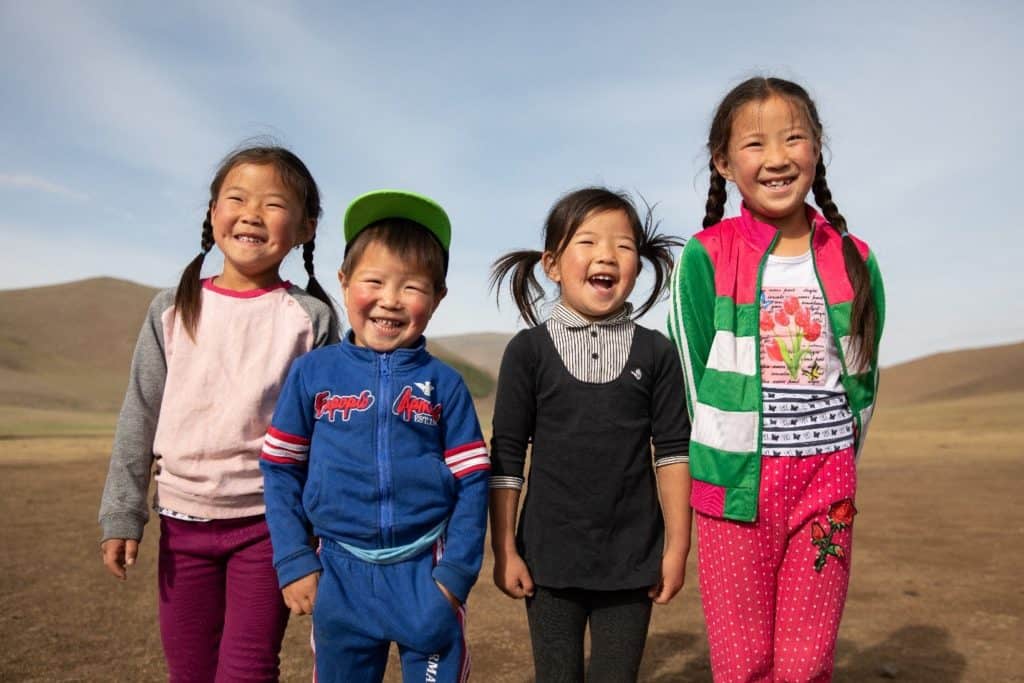
UNICEF works with governments, partners and other UN agencies to help countries ensure the goals deliver results for and with every child – now and for generations to come.
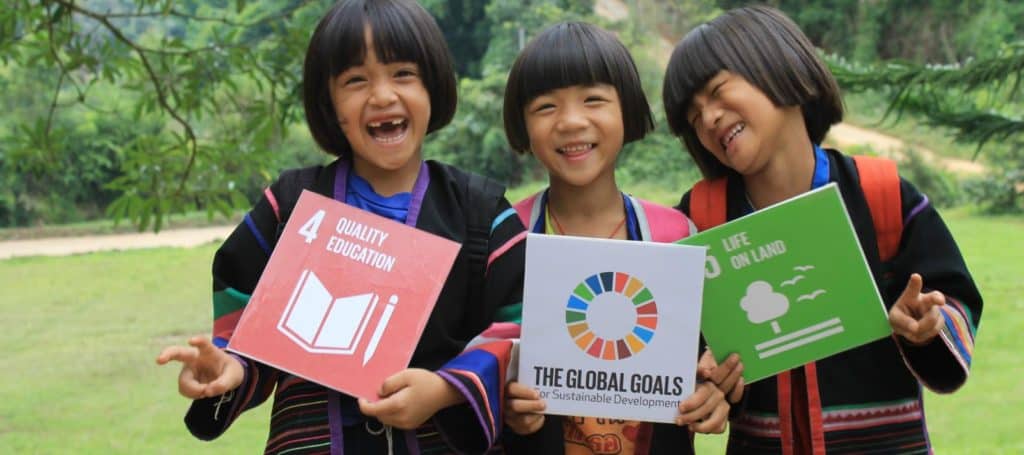
The Division for Sustainable Development Goals at UN-DESA acts as the Secretariat for the SDGs, providing substantive support and capacity-building for the goals and their related thematic issues, including water, energy, climate, and more.
